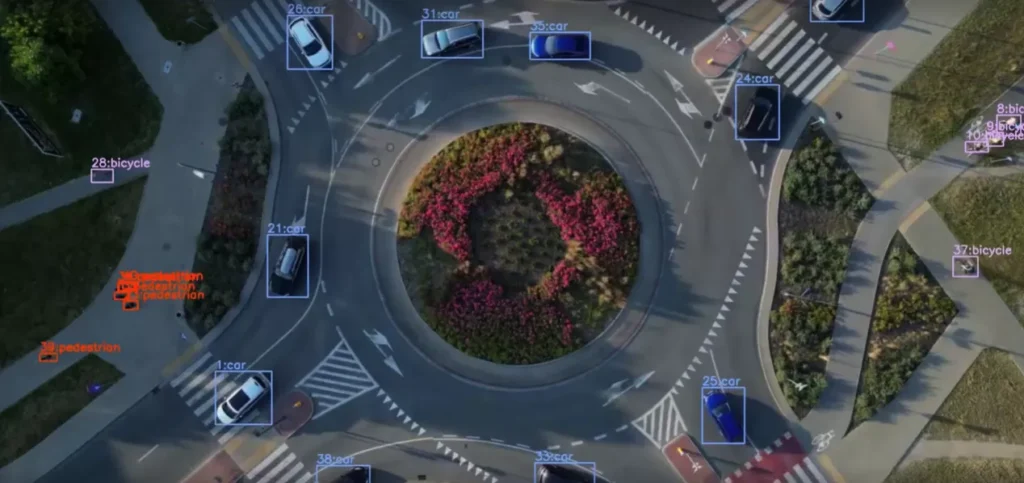


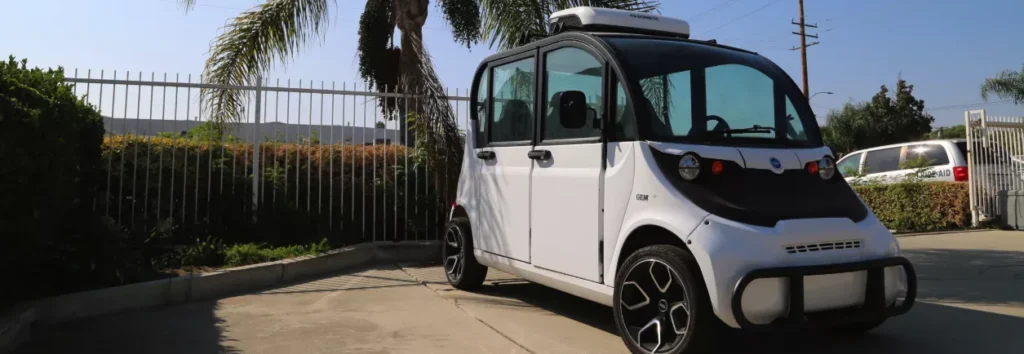
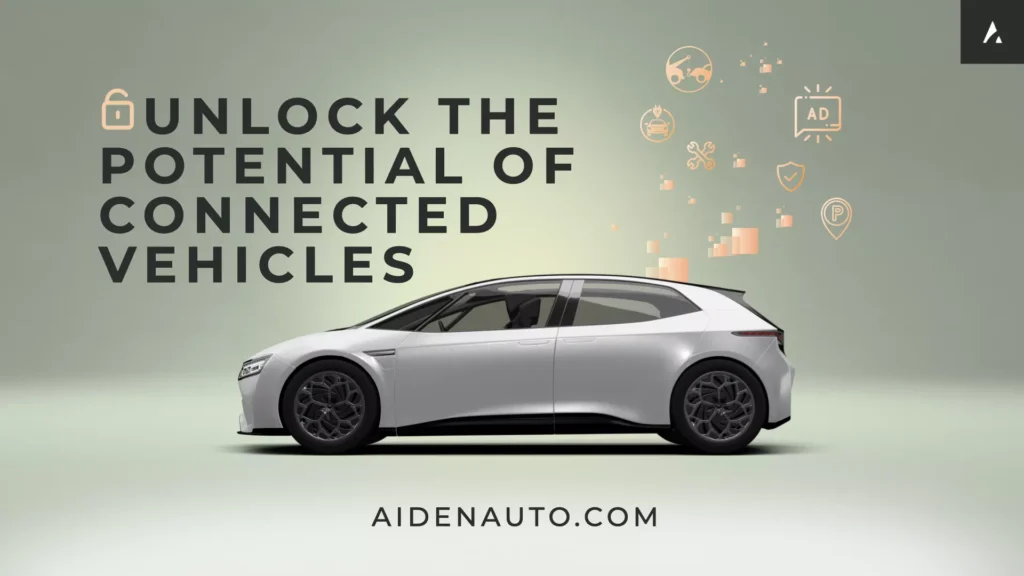





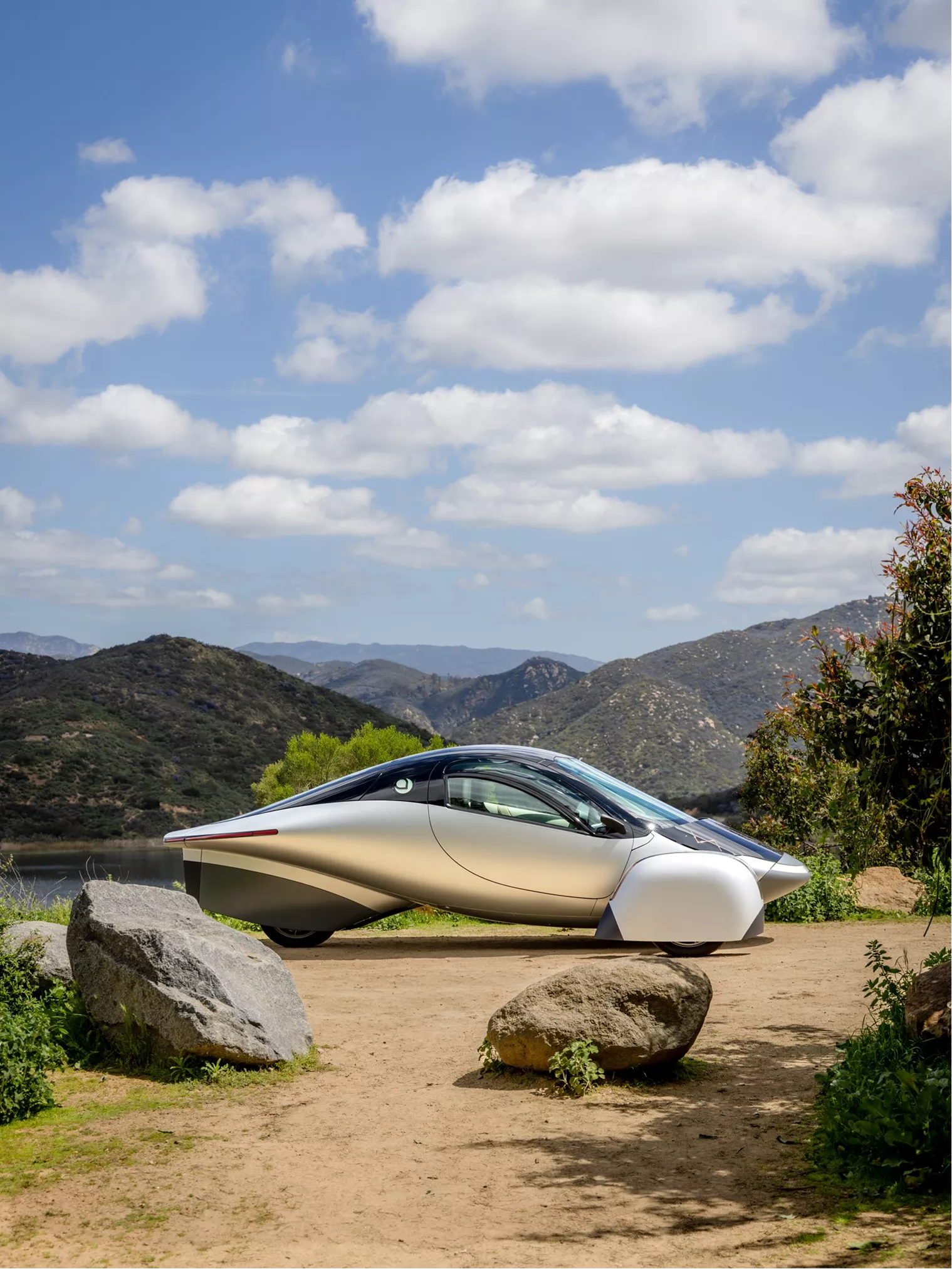
From EVs and batteries to autonomous vehicles and urban transport, we cover what actually matters. Delivered to your inbox weekly.
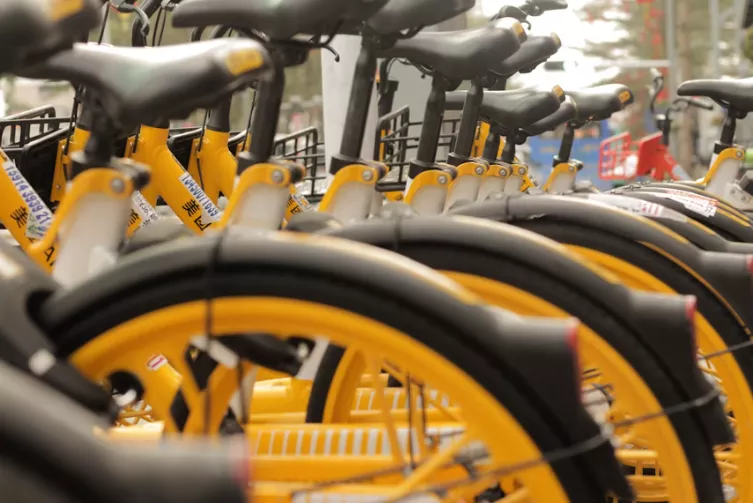
China’s electric micromobility overhaul is now in full motion. As of late May 2025, more than 6.08 million e-bikes have been traded in through a national subsidy program, resulting in 17.82 billion yuan ($2.48B) in new vehicle sales, according to the Ministry of Commerce.
The program, which began as a modest pilot in 2024 and scaled nationally in January 2025, has not only juiced demand but also restructured how Chinese cities and consumers approach two-wheeled transport.
At its core, the program makes old electric bikes the ticket to a modern, certified replacement. Owners get 500 yuan ($70) back for purchasing new e-bikes over 1,500 yuan in price, with additional perks tied to battery safety, recyclability, and documentation.
In places like Suzhou, local governments added another 800 yuan in municipal subsidies on top of the national base. In Shenzhen, buyers are required to register their new vehicles within 40 days and show CCC certification — China’s national safety standard for consumer products—before subsidies are unlocked.
The program’s structure is deliberately layered:
It resulted in a uniquely Chinese policy cocktail: economic stimulus, industrial upgrading, emissions reduction, and a circular economy rolled into a single program.
📈 Daily sales reached 27,000 units/day by early 2025 — a 250% YoY increase
🏪 79,000+ retailers, mostly mom-and-pop shops, have joined the program
🏙️ Jiangsu and Hebei surpassed 1 million new e-bike sales each, with urban areas hitting 68% participation (rural areas lag at 29%)
🏭 OEM production has jumped 38% as major players like Yadea and Aima scale up to meet demand
On the back end, battery manufacturers are pivoting to LFP (lithium iron phosphate) chemistries, known for better thermal stability and longer cycle life. Meanwhile, certified recyclers processed 83,000 tons of lithium-ion batteries in Q1 alone, reaching a 92% material recovery rate.
The program doesn’t just entail new bikes. It focuses on the better ones. Every subsidized vehicle must meet the GB 17761-2024 national standard, which mandates:
It’s a clear response to years of safety incidents, battery fires, and unregulated aftermarket parts.
This is a full-blown hardware refresh of China’s 145 million-unit e-bike fleet, making the category more uniform, repairable, and trackable.
With scale comes friction. Authorities uncovered 4,100 cases of pre-subsidy price inflation—retailers quietly raising prices before applying discounts. AI-powered monitoring systems helped issue 23 million yuan in fines so far.
To combat battery trafficking, each traded-in battery now carries a QR code for location tracking, part of a broader anti-theft and illegal reuse initiative.
And while urban uptake is soaring, rural regions face logistics gaps. The Ministry of Commerce has begun deploying mobile trade-in units in under-served provinces, trying to close the equity gap.
China’s 2025 State Council Work Report calls this trade-in program a “blueprint” for other sectors. The next targets?
In short, the micromobility revolution is set to ripple outward — into freight, service fleets, and hyperlocal distribution. ASEAN nations are already studying the model.
China has turned a relatively niche form of mobility into a centerpiece of national policy. The e-bike trade-in program proves that governments can orchestrate large-scale tech transitions in everyday transport with layered incentives, battery recycling, and safety regulation.
It’s a case study in industrial alignment: subsidy, safety, supply chain, and small business growth — all driven by a common national direction.
Whether this becomes a global template or remains a uniquely Chinese solution remains to be seen.